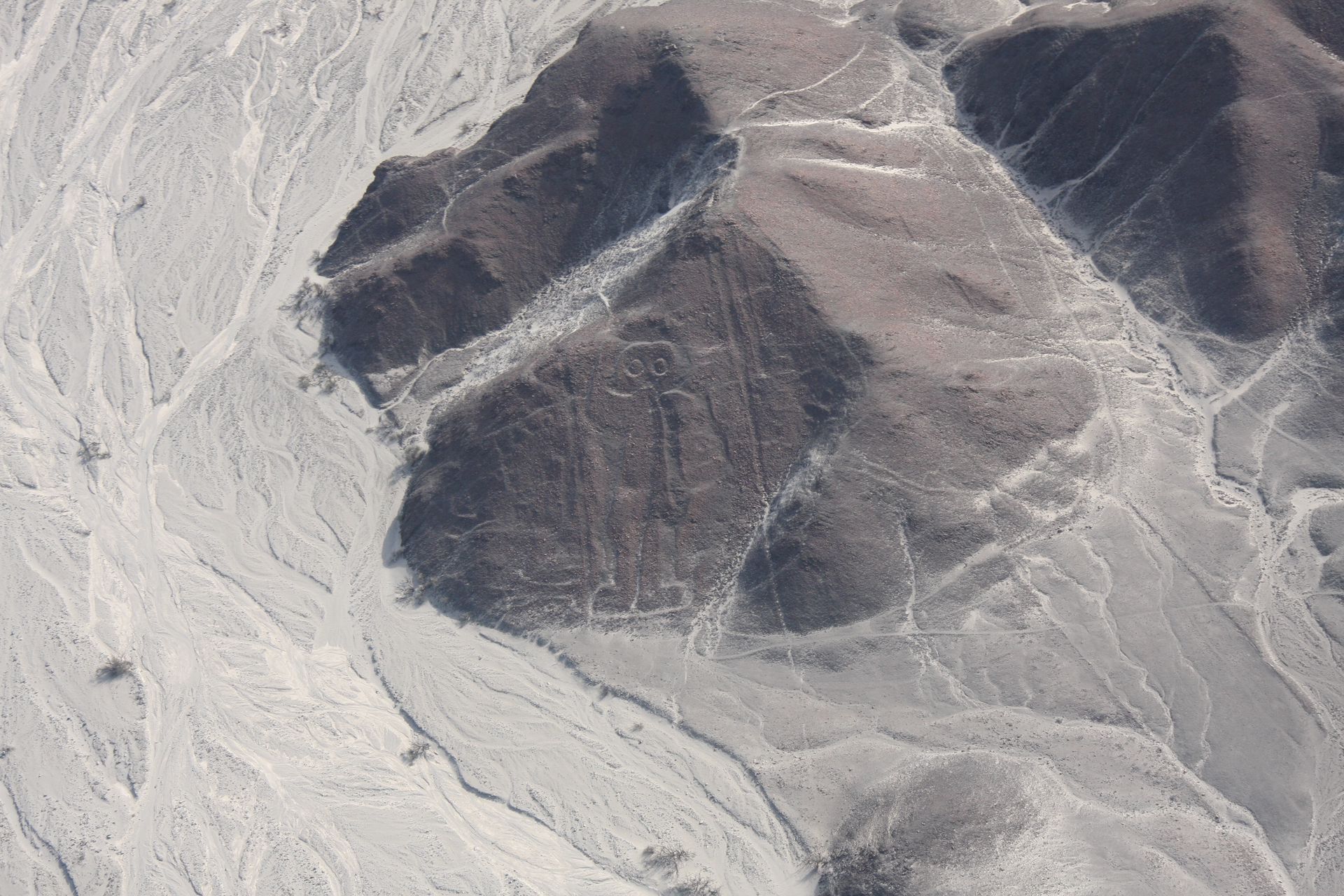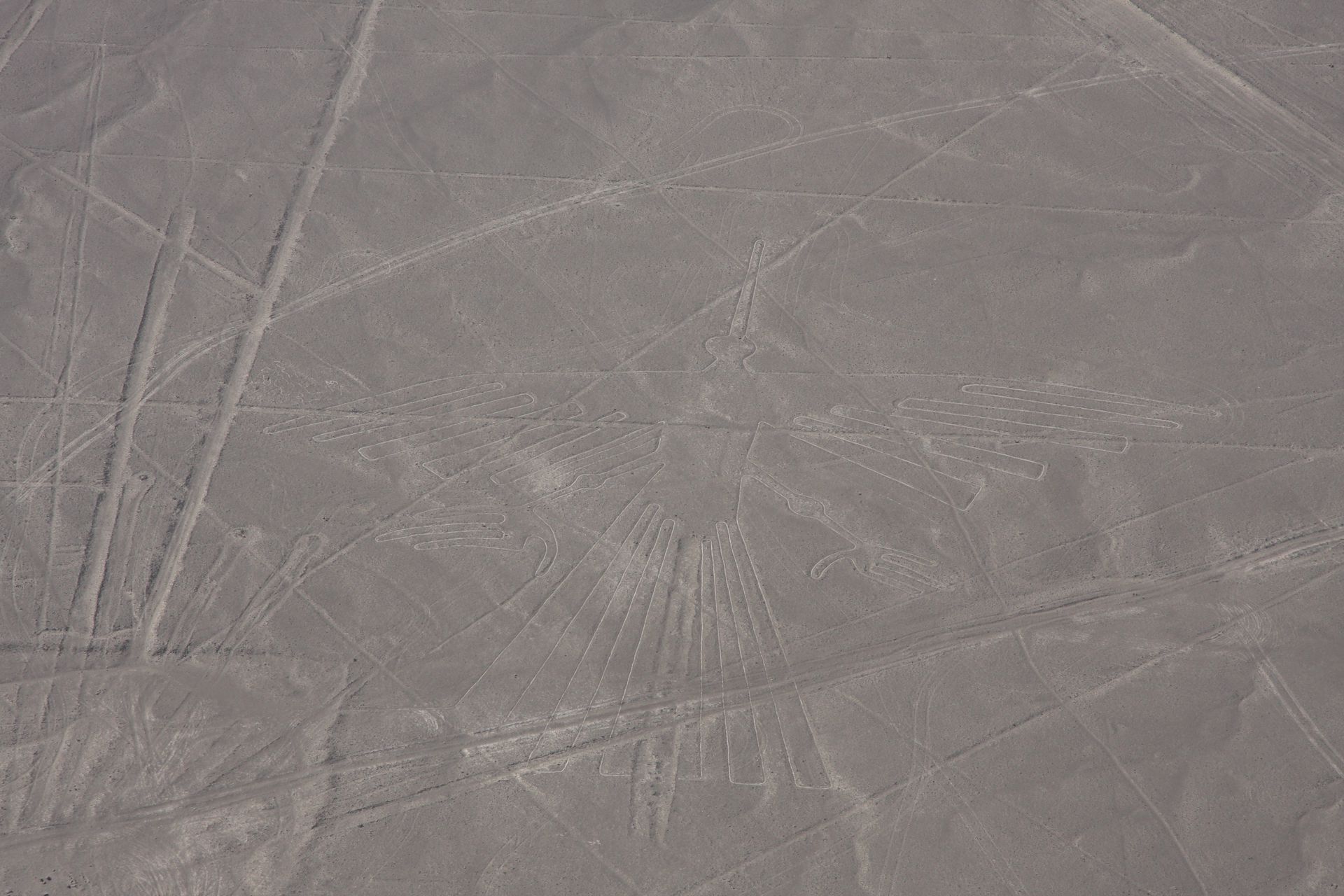Nablai's Nebula
We are in June. I can't believe we have completed six months of the year. A lot happened. The Ooorah dabbled in some amazing contemporary punks which were well received by all. Vogon poetry's a hit and we--the Vogonsters (Vera, Jinn, Mag and me) couldn't be happier. There's this ancient feeling of an eon gone by that I just can't shake off.
The pandemic roared across the world with India the worst hit, but the people never gave up on hope. On themselves. Inspite of everything. It is this ray of faith that binds us to one another. Ancient as time, it helped to keep the trust imbibed in the spirit of mankind.
I dedicate this issue to Mag @angerba for her wonderful help with this issue. Presenting a punk as old as the Ooorah mothership: AncientPunk.
AncientPunk as the name suggests, is a subgenre of speculative fiction. Normally set in an anachronistic Bronze Age or quasi-Bronze age alternate history setting, AncientPunk could be characterized by the slogan "The future has already happened we are just reliving the past." The sub-genre includes fiction with science fiction, fantasy or horror themes.
As a sub-genre, AncientPunk was also a topic of heated debate in most middle schools in DEIR EL-MEDINA, Egypt. The researchers state they have found an ancient manuscript with the first ever definition of "punk" which is dated a full three years earlier than the previous known facts. Thereby, making it the oldest and the most valid definition on record.
Moving onto different contexts of AncientPunk, we learn through the annals of history of many common myths and legends that mention incredible flying machines. We discover by what means ancient people traveled great distances through the air from the flying carpets of ancient Arabia to Ezequiel's wheel to Solomons ability to travel from one place to another to the magical chariots or 'vimana' mentioned in ancient Indian and Chinese texts.
Ancient Indian history--one of the most comprehensive we have ever known, has their ancient sacred texts called the 'Vedas', tell us of amazing flying ships that visited our planet over 6000 years ago.

(Vimana, the Celestial Chariot — a Ramayana illustration, watercolour and gold on paper, India ca. 1650 AD.)
While many oppose the existence of the Vimana, there still are millions of people around the world are concerned that thousands of years ago, ancient mankind was visited by incredible flying machines, piloted by the 'gods'. With the help of the Vimana, ancient astronauts visited different places on out planet with ease, spreading knowledge and wealth among ancient, primitive civilizations.
Mention to the ancient Vimana are found in the Ramayana, which is one of the two major Sanskrit epics of ancient India:
"At Rama's behest, the magnificent chariot rose up to a mountain of cloud with a tremendous din."
Here's a passage from the Mahabharata:
"Bhima flew with his Vimana on an enormous ray which was as brilliant as the sun and made a noise like the thunder of a storm."
This AncientPunk article would be incomplete without the mention of another ancient civilization. The fascinating Peruvian culture merits recognition long overdue.
It's common of people to determine the origins of certain thing before it actually turns out into its present look. They also seek answers that can completely create a certain connection to the past in order to cover the history and possibly predict what will happen in the future. Case in study are the famous Nazca lines.
There are people still interested about this Nazca lines and the speculated alien-theory. Explaining the Nazca lines and aliens is difficult since it needs greater evidences as a proof that these two elements are associated with each other.

(The Astronaut - Nazca Lines, photo by jinnis)
The renowned Nazca lines—subject of mystery for over 80 years. has well-defined white lines gradually evolve from tan and rust-red. Strips of white crisscross a desert so dry that it rains less than an inch every year. The landscape changes as lines take shape to form simple geometric designs: trapezoids, straight lines, rectangles, triangles, and swirls. Some of the swirls and zigzags start to form more distinct shapes: a hummingbird, a spider, a monkey.
The lines are found in a region of Peru just over 200 miles southeast of Lima, near the modern town of Nazca. All in all, there are over 800 straight lines, 300 geometric figures and 70 animal and plant designs, also called biomorphs. Some of the straight lines run up to 30 miles, while the biomorphs range from 50 to 1200 feet in length (as large as the Empire State Building).

(The Hummingbird - Nazca Lines, photo by jinnis)
Peruvian archaeologist Toribio Mejia Xesspe was the first to systematically study the lines in 1926, but since the lines were literary impossible to identify from ground level, they were only first brought to public awareness with the advent of aeroplanes—by pilots flying commercial planes over Peru in the 1930s.
American professor Paul Kosok investigated and found himself at the foot of a line on June 22, 1941—just one day after the winter solstice. He was followed by the German Maria Reiche, who became known as the Lady of the Lines. Reiche diligently studied the lines for 40 years and fought unyieldingly for her theories on the lines' astronomical and calendrical purpose.
Scientists believe that the majority of lines were made by the Nasca people, who flourished from around A.D. 1 to 700.
Do you know of any other ancient civilization? If so, feel free to share your knowledge in the comments below! I'd love to hear from you 🙂
This is all I have for now. I'll be back-next month, with another exciting article. Stay tuned while you discover the portals of the mothership at Tevun-Krus. Stay safe and happy! ❤️
Cheers, Nab =] — Nablai
Bạn đang đọc truyện trên: AzTruyen.Top